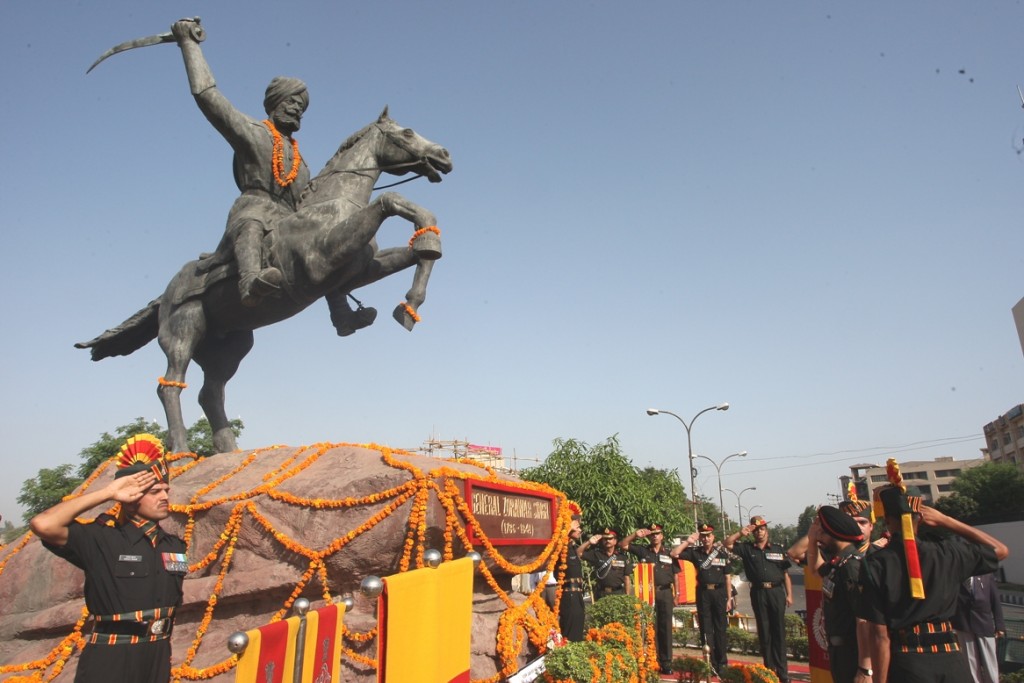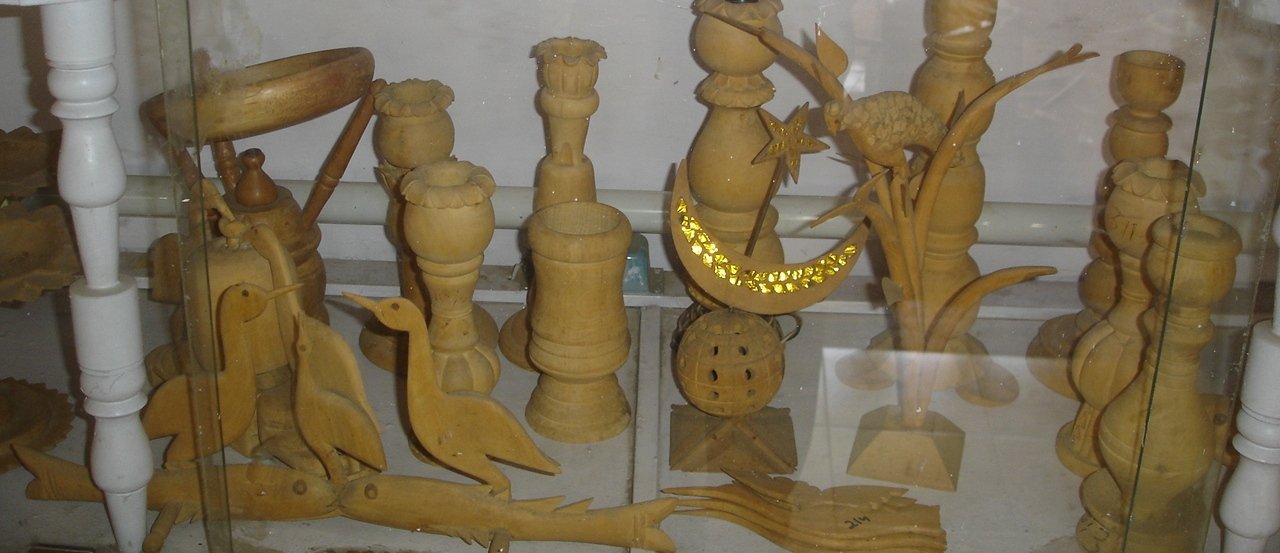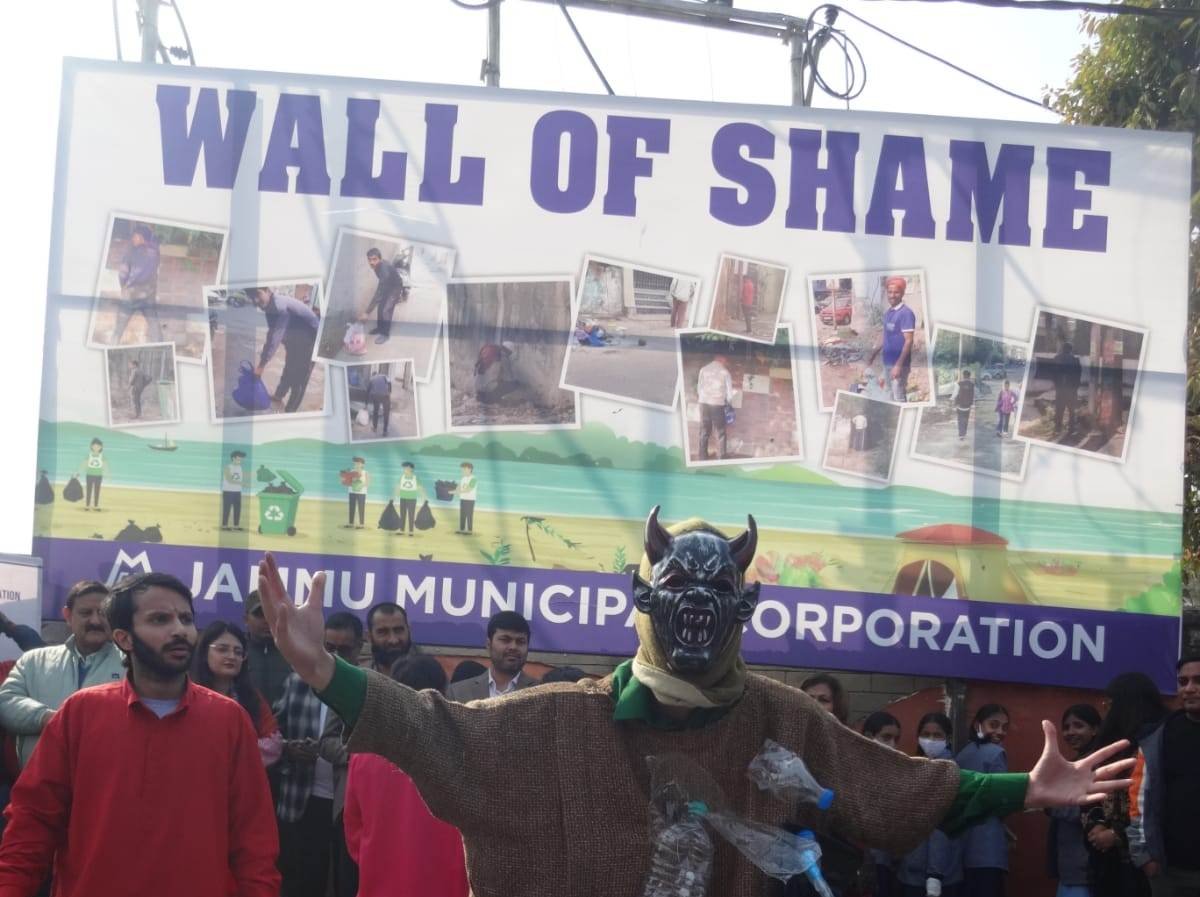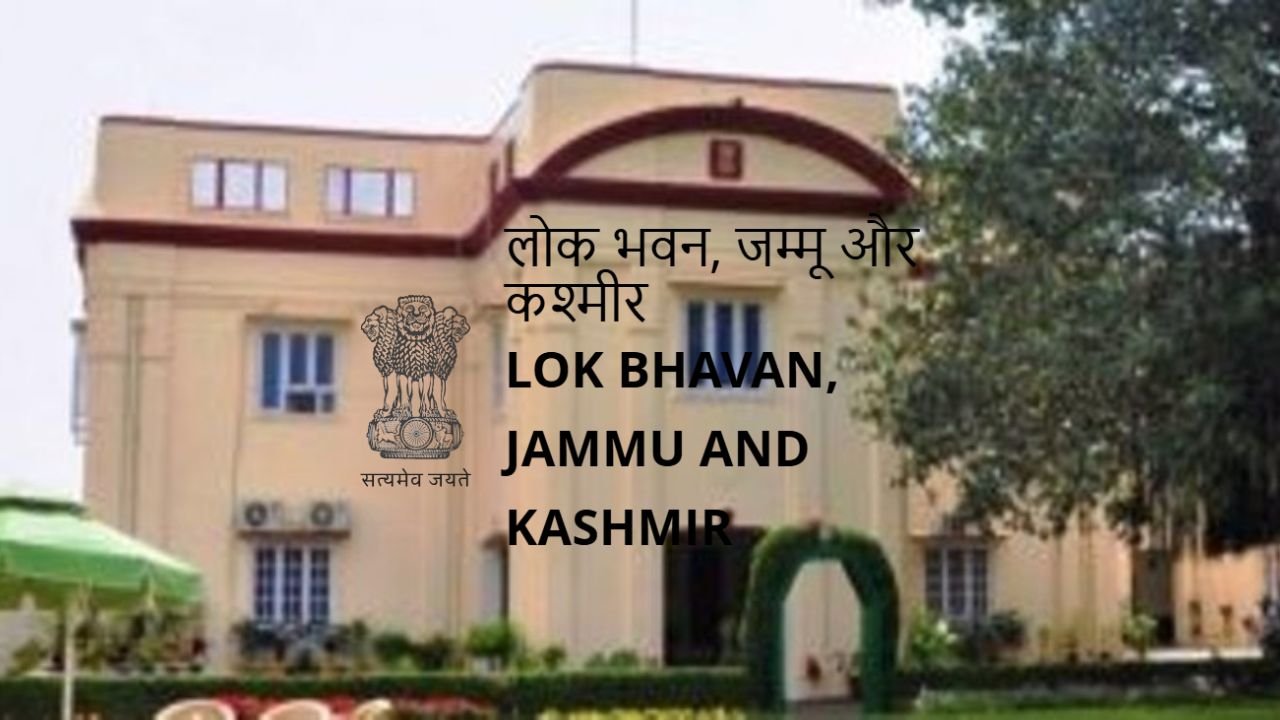Rajmash (Kidney Beans) being a popular dish it is prepared in almost all the occasions across the region. The agro-diversity of Jammu & Kashmir known for its Bhaderwah Rajmawhich varies from sub-tropical in Jammu region, temperate in Kashmir region and cold arid in Ladakh region. The state is endowed with ample natural resources including soil, water, climatic condition, diversity, topography, rich natural flora etc. which are conducive for the cultivation of a wide range of pulses.

You probably haven’t given Rajmash from Bhaderwah much thought. This time we will be telling you some amazing facts about popular Rajma from Bhaderwah:
- Bhaderwah Rajmash is famous across the globe because of its delightful taste. It contains exceptional cooking qualities, easily digestible and attracting colour. Its grains are small in size and are unique in taste and colour.
- Bhaderwah Rajmash is a local pole type trailing variety. It is an herbaceous annual plant grown for its edible dry beans.
- Rajmash in Doda district is mainly grown in Bhaderwah, Sungli, Chinta, Sartangal, Nalthi, Kakol Mathal, Kansar, Lanchan, Thathri, Gandoh and Premnagar. It is also grown in Paddar, Chatroo, Warwah, Dakshin, Chingam and Dehrna area of Kishtwar district and Gool Gulabgarh area of Ramban district.
- Farmers collect their own seeds from better genotypes and keep it for the next generation. Mostly good quality seed from previous year crop is collected and preserved for the next season. To observe the desired tilth, the land is ploughed with MB plough (soil turning plough) for 3-4 times. Each ploughing is followed by planking to ensure fine tilth and moisture conservation.
- Rajmash and rice of Peerah in Ramban district are very famous and going further the Rajmash of Chinta Valley in Doda district are said to be amongst the most popular.
- Bhaderwah Rajmash varieties require support during the crop growth period. So when mixed with maize, it gets natural support from the maize plants. Harvesting of Bhaderwah Rajmash is done after 120-130 days after sowing when leaves and pods turn yellowish brown.
Read also: 5 Facts about Basmati rice from Jammu which gaining popularity in the international market - The Rajmash harvesting is completed in August to September before the harvest of maize crop. The harvested crop is kept for sun drying for a week and thereafter thrashed. After thrashing, seeds are further cleaned and dried for storage .Storage is done in tin bins for 1-2 years. Its yield in mixed cropping is 6-8 qtls. /ha.
- Bhaderwah Rajmash is a pole or trailing type variety of 3-4 m long. Traditionally it is grown as an intercrop with maize from since ages. It is harvested in 2-3 pickings at 7- 10 days interval as the pods at lower end mature earlier and seeds are dispersed by over maturity in the field. . Bhaderwah Rajmash varieties require support during the crop growth period. So when mixed with maize, it gets natural support from the maize plants. Harvesting of Bhaderwah Rajmash is done after 120-130 days after sowing when leaves and pods turn yellowish brown.
Agriculture contributes about 65 per cent of the state revenue which signifies the over dependence of the state on agriculture.















